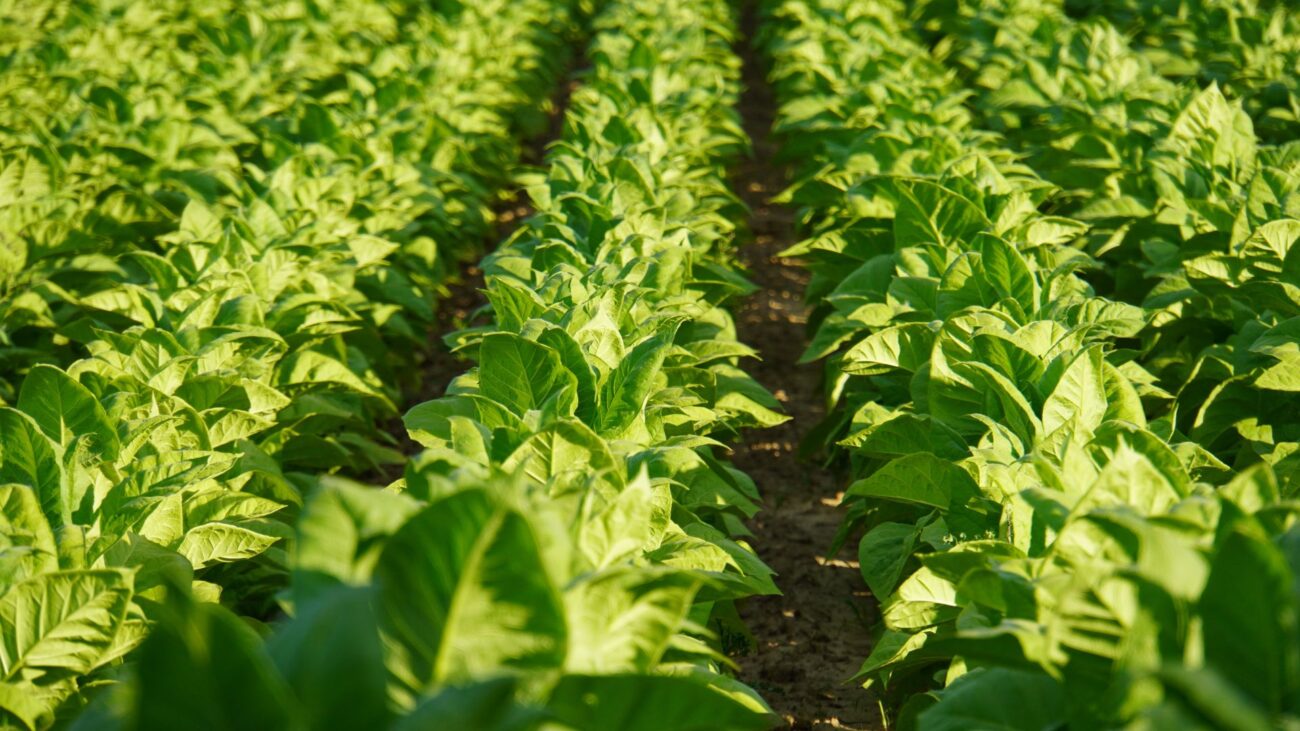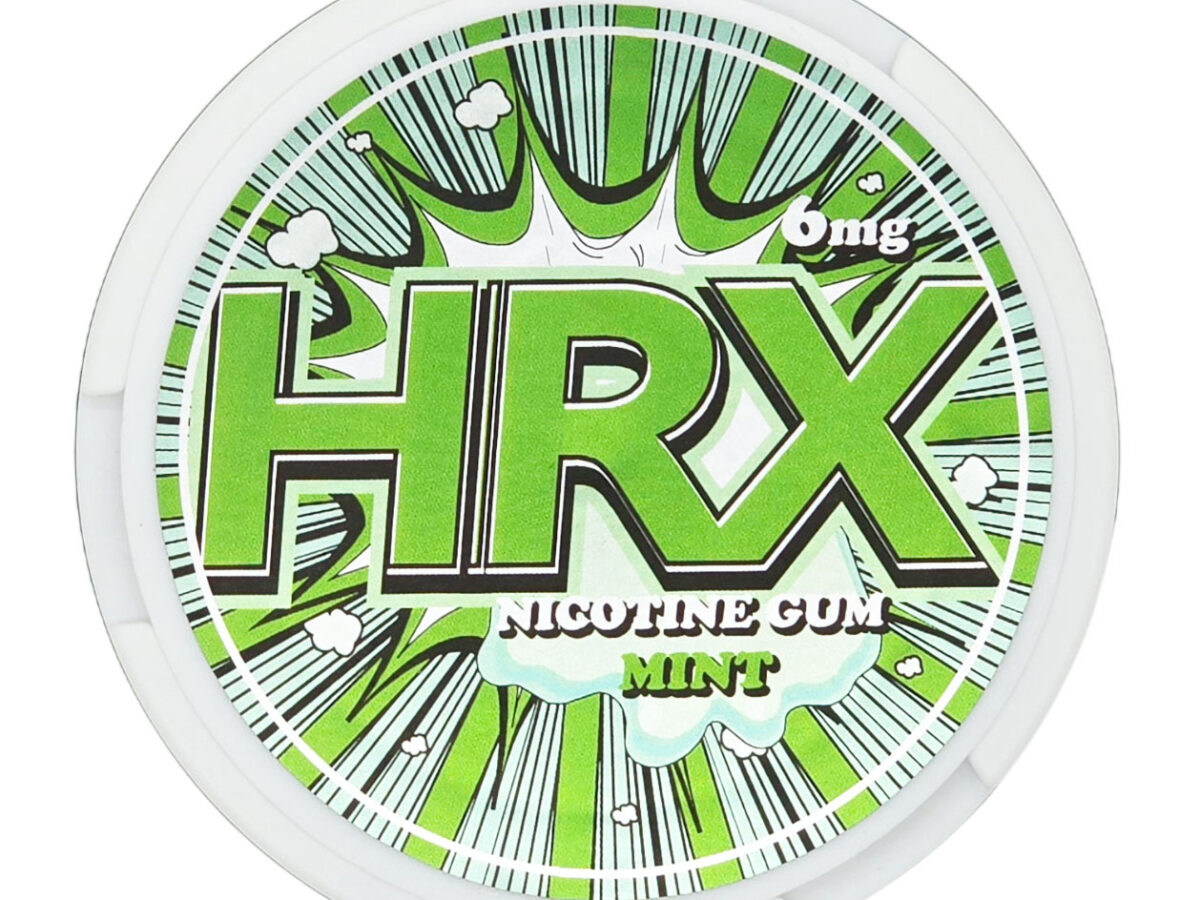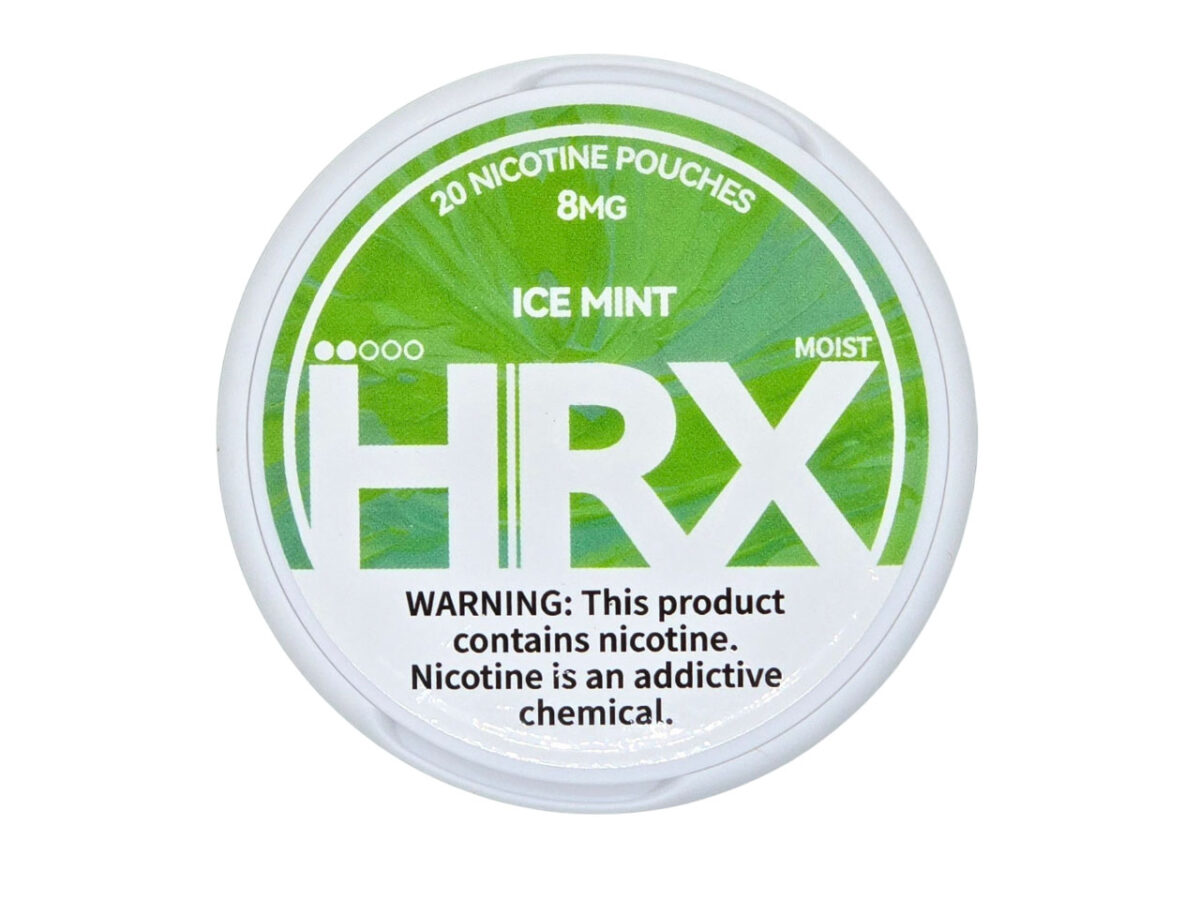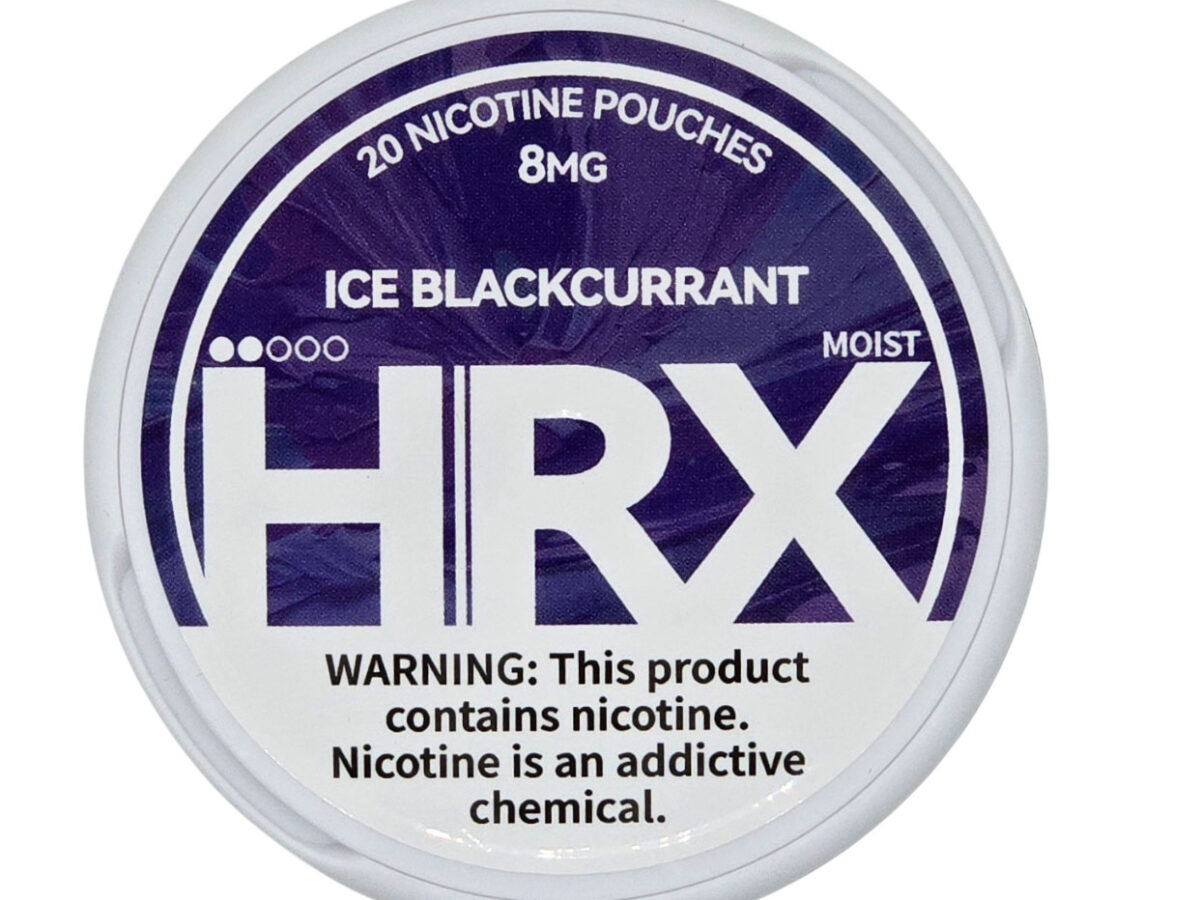As the demand for healthier and more sustainable products continues to grow, many consumers are becoming increasingly aware of what goes into the products they consume—including tobacco. One of the most significant distinctions in the tobacco industry today is the difference between organic tobacco, often used in Native cigarettes, and traditional tobacco found in most commercial products. In this blog, we’ll delve into what qualifies tobacco as organic, the health benefits of smoking organic tobacco, the environmental impact of organic farming, and the taste and quality differences between organic and non-organic tobacco.
What Qualifies Tobacco as Organic?
To understand the difference between organic and traditional tobacco, it’s essential to start with what qualifies tobacco as organic. Organic tobacco is grown and processed according to strict guidelines that prohibit the use of synthetic chemicals, including pesticides, herbicides, and fertilizers. Instead, organic tobacco farmers rely on natural methods of cultivation, such as crop rotation, composting, and biological pest control, to maintain the health of the soil and plants.
For tobacco to be certified organic, it must meet the standards set by certifying bodies, such as the United States Department of Agriculture (USDA) or other similar organizations around the world. These standards ensure that the tobacco is free from synthetic additives from the field to the final product. Additionally, organic certification requires that the land used for growing the tobacco must be free of prohibited substances for at least three years before the crop is harvested. This strict regulation ensures that the tobacco is as natural and pure as possible.
In contrast, traditional tobacco used in commercial cigarettes is typically grown with the aid of synthetic chemicals designed to maximize yield and protect crops from pests and diseases. These chemicals, while effective in increasing production, can leave residues on the tobacco that may be harmful when inhaled.
Health Benefits of Smoking Organic Tobacco
While smoking any form of tobacco carries health risks, many people who choose organic tobacco do so because they believe it to be a healthier alternative. The primary health benefit of smoking organic tobacco lies in its purity—organic tobacco is free from the synthetic chemicals and additives commonly found in traditional tobacco.
Commercial cigarettes often contain a wide array of additives, including flavorings, preservatives, and chemicals designed to enhance nicotine delivery. These additives can contribute to the formation of harmful and carcinogenic compounds when the cigarette is burned. For example, the addition of sugars to tobacco can lead to the production of acetaldehyde, a toxic compound that increases the carcinogenic potential of cigarette smoke.
Organic tobacco, on the other hand, is free from these additives, meaning that when it is burned, the smoker is exposed to fewer harmful chemicals. While smoking organic tobacco does not eliminate the risks associated with tobacco use, it does reduce exposure to some of the most harmful substances found in traditional cigarettes.
The Environmental Impact of Organic Tobacco Farming
Another critical difference between organic and traditional tobacco lies in their environmental impact. Organic tobacco farming is generally more sustainable and less harmful to the environment than conventional methods.
Organic farming practices prioritize the health of the soil and surrounding ecosystems. By avoiding synthetic chemicals, organic farmers protect the soil from degradation and reduce the risk of water pollution caused by chemical runoff. Techniques such as crop rotation and the use of cover crops help maintain soil fertility and reduce the need for chemical inputs. Furthermore, organic farms often support greater biodiversity, as they provide habitats for a variety of plants, insects, and animals that would otherwise be impacted by the use of pesticides and herbicides.
In contrast, traditional tobacco farming can have a significant environmental impact. The widespread use of chemical fertilizers and pesticides can lead to soil degradation, water contamination, and harm to non-target species, including beneficial insects and wildlife. Additionally, the energy-intensive processes involved in conventional tobacco farming and processing contribute to greenhouse gas emissions and other forms of environmental degradation.
Choosing organic tobacco means supporting farming practices that are better for the planet, making it a more environmentally conscious choice for smokers.
Taste and Quality Differences Between Organic and Non-Organic Tobacco
For many smokers, the taste and quality of tobacco are paramount. One of the most noticeable differences between organic and traditional tobacco is the flavor.
Organic tobacco is often described as having a richer, more natural taste compared to traditional tobacco. This is because organic tobacco is free from the chemical additives that can alter the flavor of the smoke. Smokers of organic tobacco often report a smoother, more satisfying experience, with a cleaner taste that better reflects the natural qualities of the tobacco plant.
Traditional tobacco, on the other hand, may have a harsher or more artificial taste due to the presence of additives. The chemicals used in processing can sometimes mask the natural flavors of the tobacco, leading to a less authentic smoking experience.
In terms of quality, organic tobacco is often grown with greater care and attention to detail, resulting in a higher-quality product. The focus on natural cultivation methods ensures that the tobacco is of the highest purity, free from contaminants that can affect both taste and safety.












